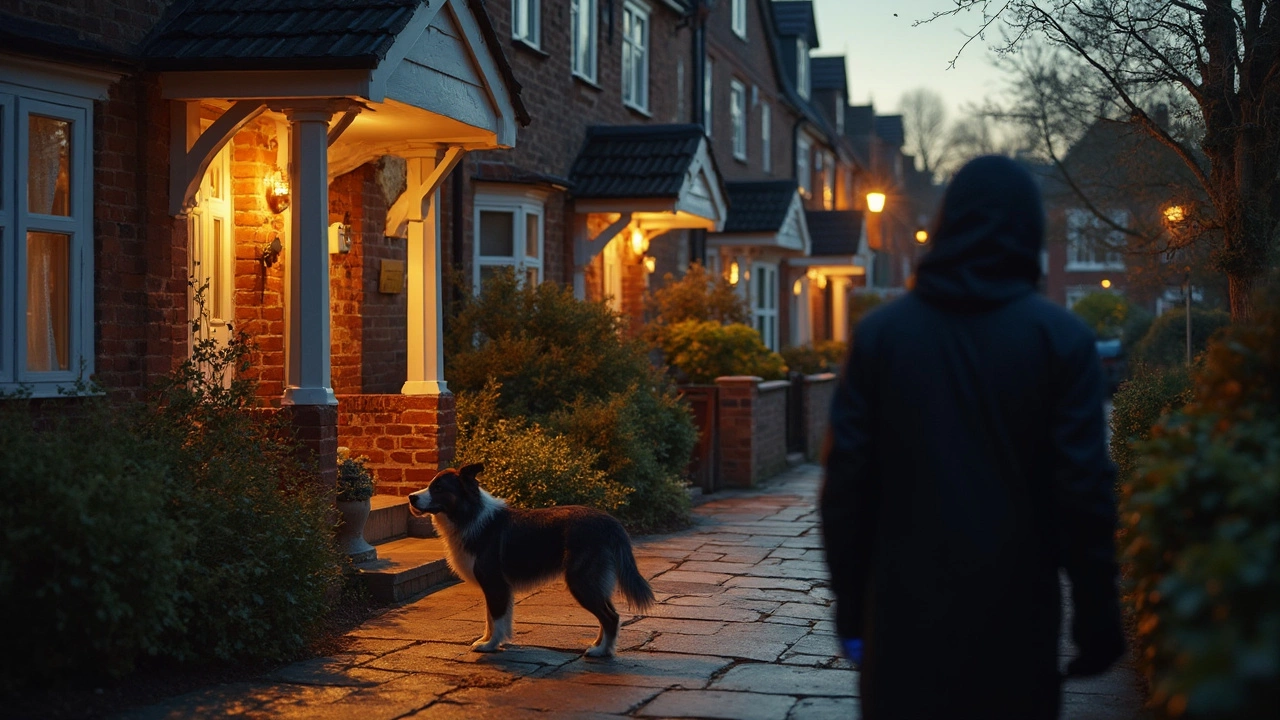If you’ve got a dog, cat, or any curious critter, a regular motion sensor can feel like a nightmare. One minute you’re watching the live feed, the next you’re getting a flurry of alerts because Fluffy walked across the kitchen floor. A pet‑friendly alarm solves that problem – it knows the difference between a wagging tail and a real intruder.
Standard alarms are built for empty houses. They use motion, sound, or pressure sensors that react to any movement. When a pet roams around, those sensors go off, and you’ll waste time checking the cameras instead of dealing with a real threat. A pet alarm adds a layer of intelligence – it either lowers the sensitivity when pets are home or uses pet‑exclusive zones that ignore movement in certain areas.
Here are three simple ways to pick a system that works for you:
1. Adjustable motion settings. Look for cameras that let you set a minimum movement size or speed. A cat’s quick dash can be ignored while a person’s slower stride still triggers an alert.
2. Pet‑specific zones. Many modern systems let you draw virtual boxes on the live view. Anything that happens inside the “pet zone” won’t send you a notification, but anything outside will.
3. Dual‑sensor models. Some alarms combine motion with heat or sound. A pet’s body heat is different from a human’s, so the system can filter out the lower‑body‑temperature signals.
Don’t forget to check battery life if you go wireless. A pet can chew through cables, so a battery‑run unit with a long‑lasting charge is a safer bet.
Once you’ve installed the system, spend a few minutes walking through the house while it’s armed. Watch the live feed and note any alerts that pop up. Adjust the settings until the only alerts you get are the ones you actually need.
Remember, the goal isn’t just to stop false alarms – it’s to keep your pets safe too. Make sure any sensors near doors or windows aren’t placed where a pet could get stuck or hurt. A little extra height on a motion sensor can keep a dog from triggering it while still covering the entryway.
Finally, keep your app notifications on your phone set to a quiet tone. You’ll still know when something’s wrong, but you won’t be startled every time the cat sneaks past the living‑room sofa.
In short, a pet‑friendly alarm gives you peace of mind without the constant “who’s that?” interruptions. Pick a system with adjustable sensitivity, set pet zones, and test it out. Your pets stay safe, your home stays secure, and you get fewer unwanted alerts – that’s a win for everyone.

Most people trust their dogs to keep their homes safe from intruders, but how much do dogs really help with home security? This article digs into what you can actually expect from your dog as a burglar deterrent, where their strengths lie, and where real risks still exist. We'll compare dogs to modern tech security, look at the best breeds for protection, and share practical tips if you're relying on your pup. Get ready for surprising stats and real talk on combining pets and security systems without the drama.